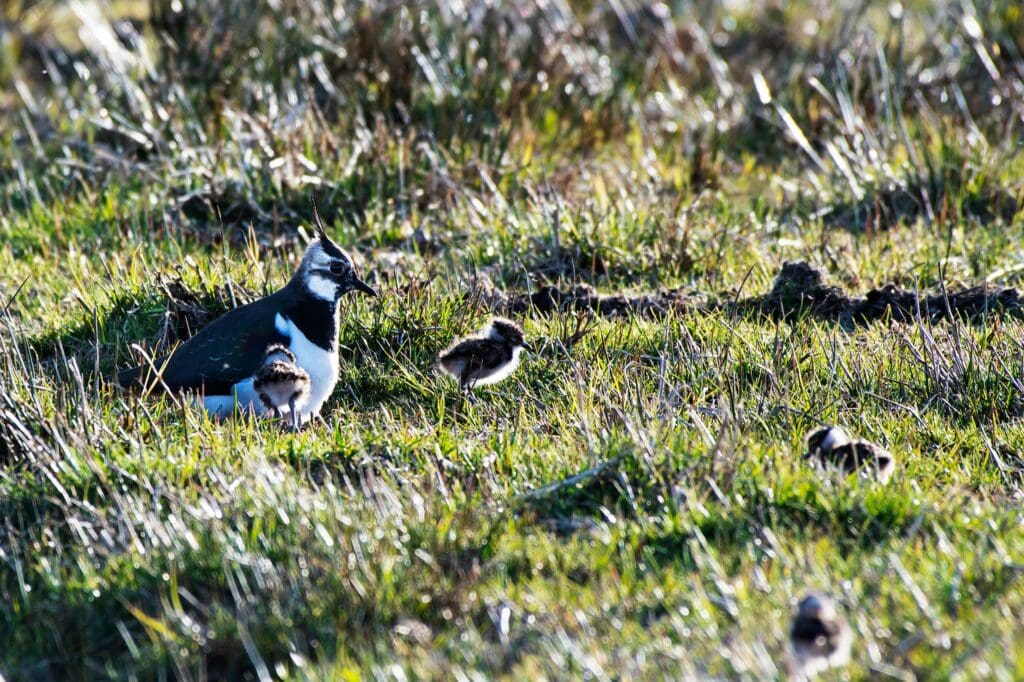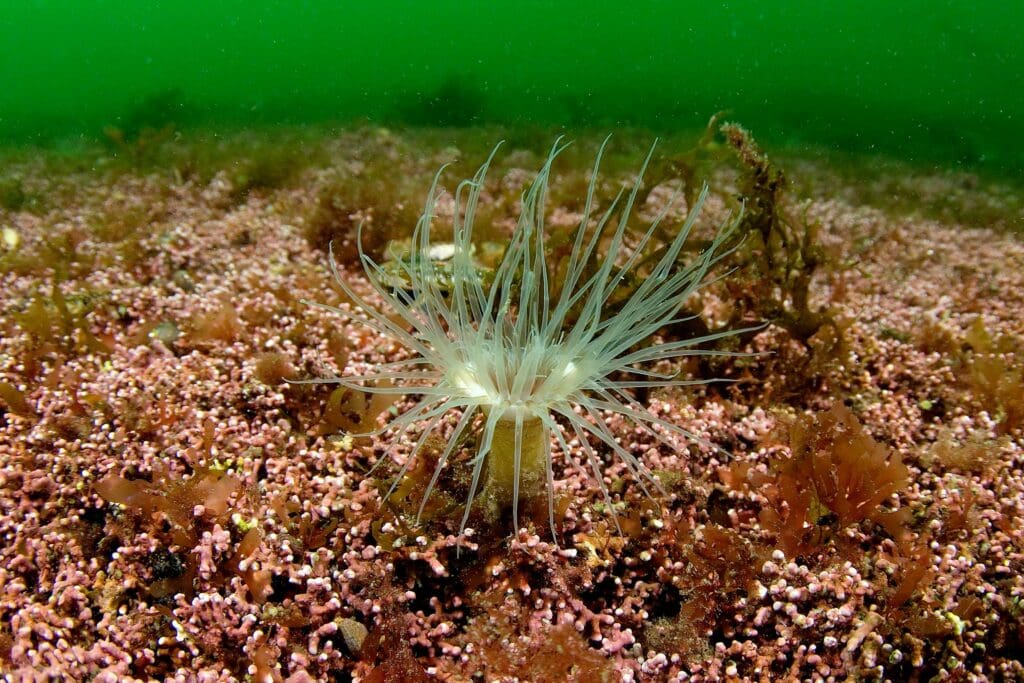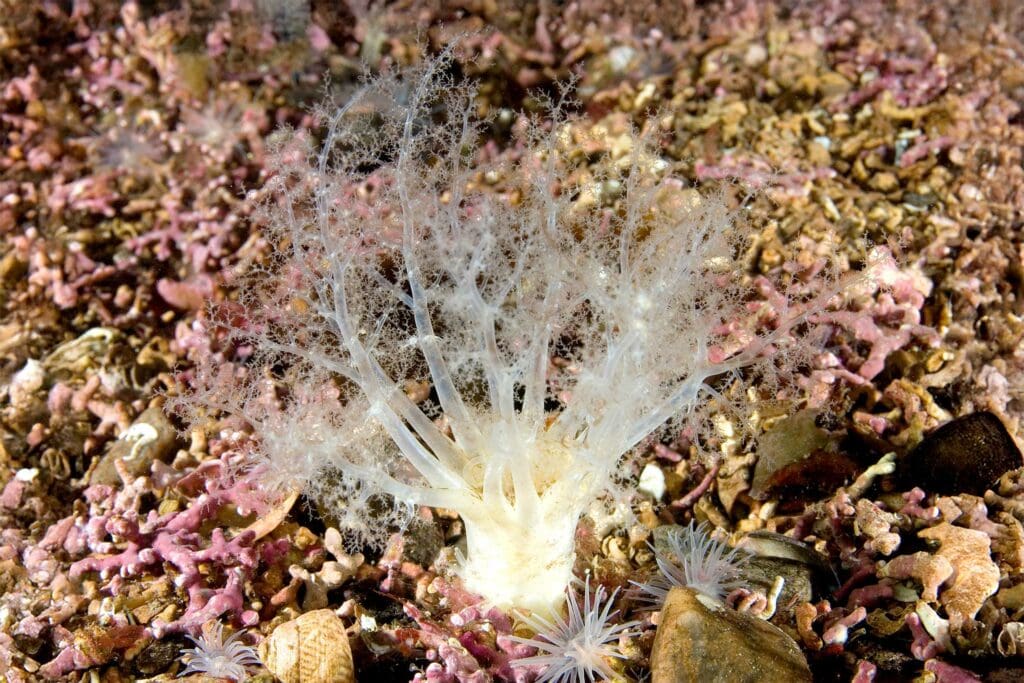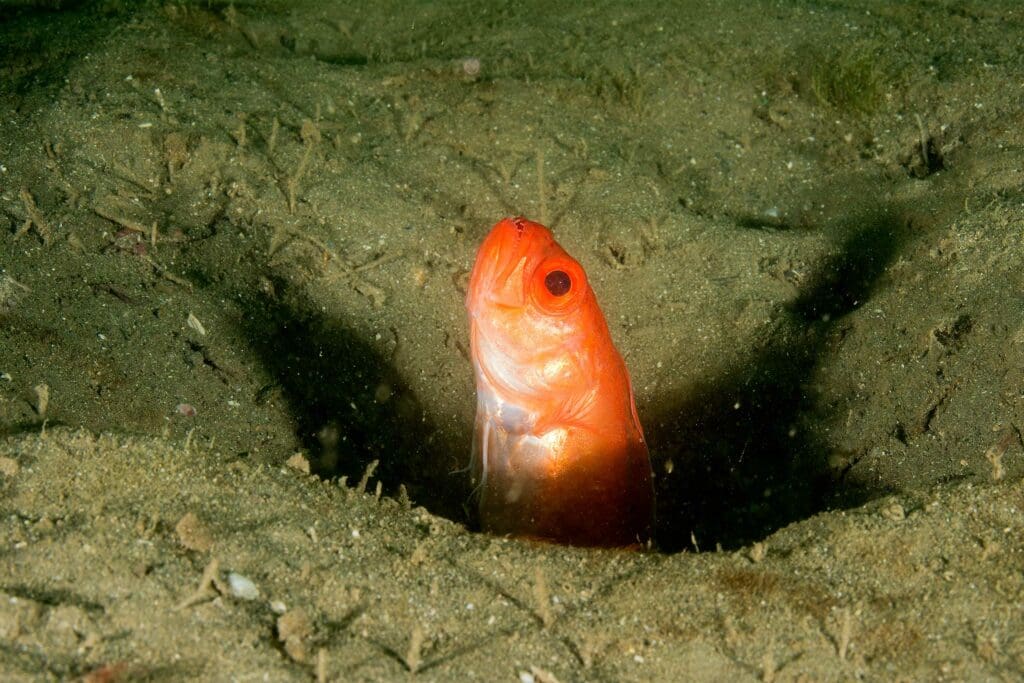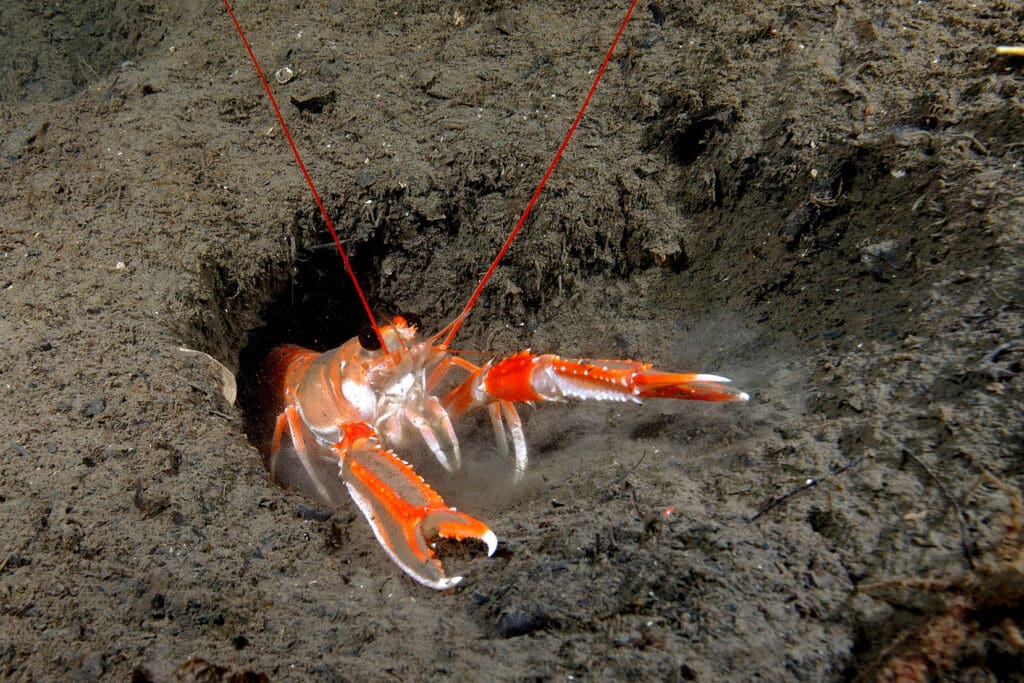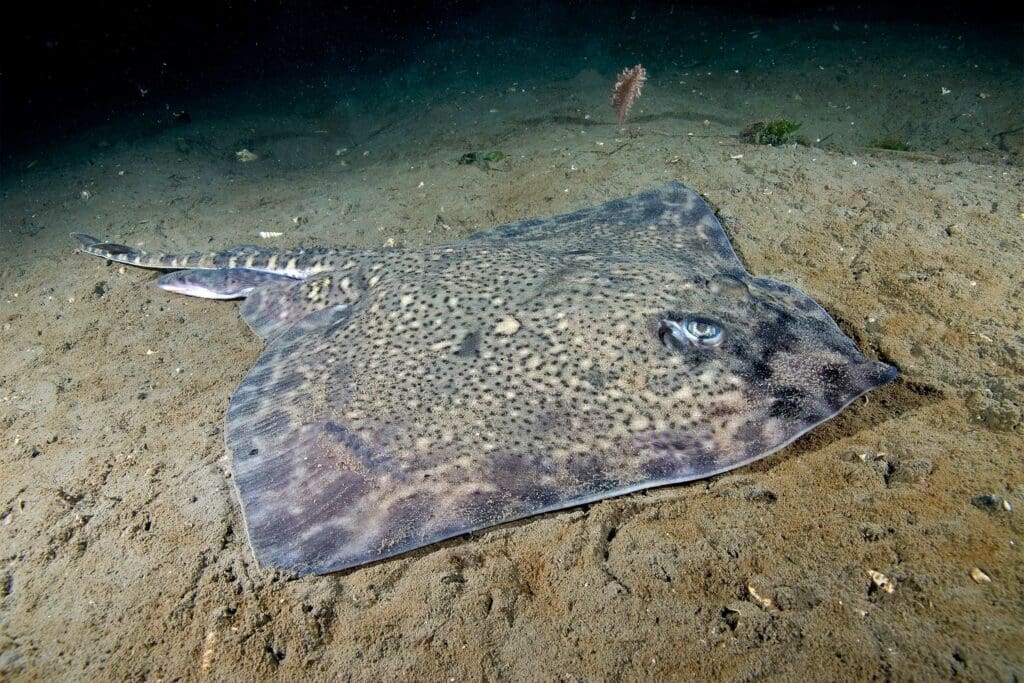Marine habitats around the UK and Isle of Man store an astonishing amount of ‘blue carbon’, according to the first scientifically produced estimate. The reports within The Blue Carbon Mapping Project are the result of a study completed by the Scottish Association for Marine Science on behalf of WWF, the RSPB and The Wildlife Trusts.
They show that an astonishing 244 million tonnes of organic carbon are stored in just the top 10cm of UK seabed habitats, with 98% of that total found in sediments such as mud and silt. Other habitats, such as seagrass meadows and kelp beds, also play a crucial role capturing and storing carbon and contributing to seabed sediment stores.
‘Marine sediments in the UK could sequester over 13 million tonnes of organic carbon every year – that’s up to three times more than the UK’s forests’
Add in maerl beds, honeycomb worm reefs and mussel beds, and you have a diverse network accumulating carbon through various processes. In fact, it’s estimated that marine sediments in the UK could sequester over 13 million tonnes of organic carbon every year – that’s up to three times more than the UK’s forests.
In addition, 43% of the total organic carbon found in these habitats is in Marine Protected Areas (MPAs), but most of these are not currently managed to protect blue carbon habitats. It’s clear we need to do more to conserve seabeds both in those zones and in others not yet protected.
The main threat to our blue carbon stores is physical disturbance to the seabed from activities such as bottom trawling and offshore development. Increased protection from damage is urgently needed, alongside better management of our MPAs to meet both biodiversity and climate needs.
We’re also pushing for improvements to the strategic planning of marine activities in UK waters, and more investment and research into how best to protect and conserve blue carbon stores.
Our seas are a vital tool for tackling the nature and climate emergency – and, with your support, we’re working hard to ensure they can remain so long into the future.
You might also like
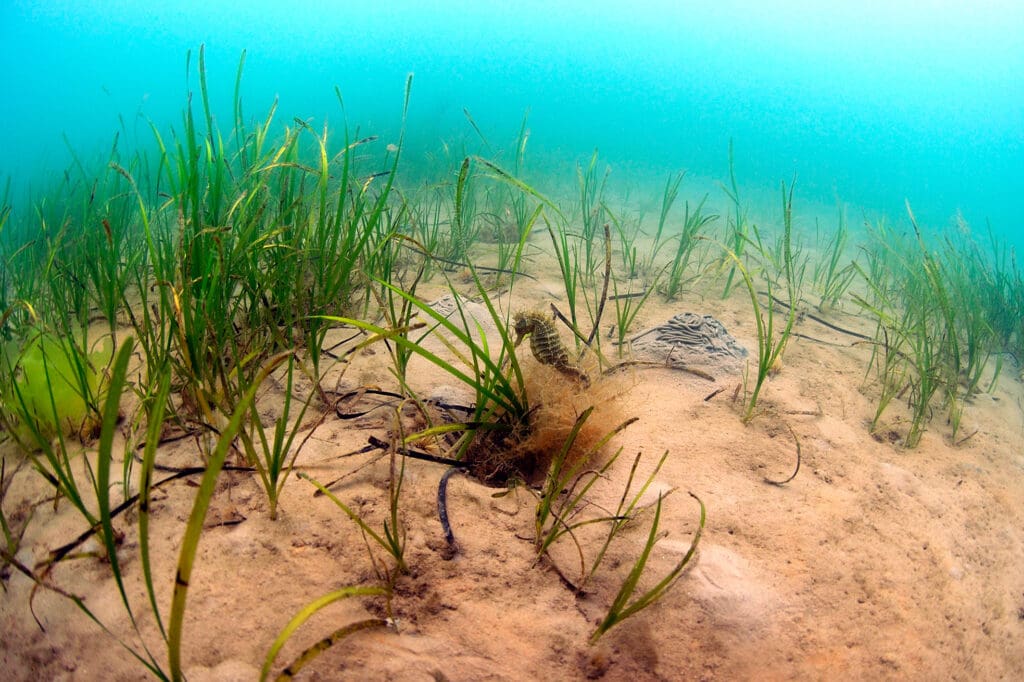
Top 5 facts about seagrass
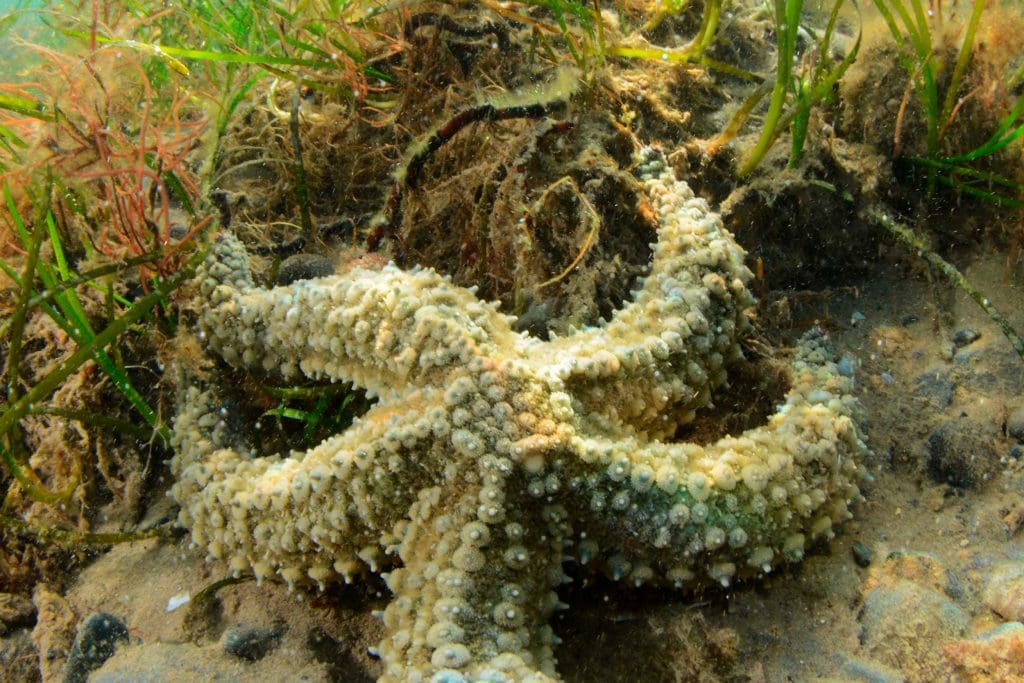
Blue carbon mapping
